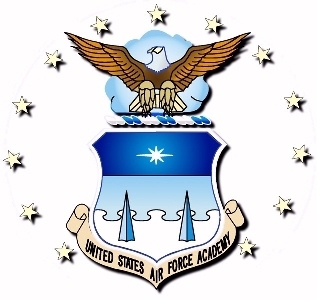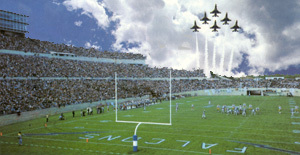Introduction
Imagine a school where each person is more than a student, where every individual is a person of integrity, a leader of character, an honorable human being, and most importantly, a member of the profession-of-arms. Imagine future writers, scientists, engineers, pilots, administrators, doctors, nurses, astronauts, lawyers, communications experts, business professionals, ambassadors, politicians—all of them current or former Air Force officers—interacting with each other both inside and outside the classroom. Now imagine those same individuals jumping out of airplanes, flying solo in gliders, leading their peers, traveling to countries all over the world, learning foreign languages, operating satellites, and working in an undergraduate research center, all while participating in sports as popular as Division I football or as diverse as “flickerball.” Most importantly, these men and women have chosen to be a part of something bigger than themselves.
Sound like a challenge? That’s because it is. It’s just a snapshot of what makes the United States Air Force Academy (USAFA) the Air Force’s premier institution for developing leaders of character. Nestled against the Rocky Mountains, just north of Colorado Springs, this academy creates an environment where cadets can pursue their personal goals, while simultaneously achieving a Bachelor of Science degree in one of thirty-two majors and a commission as a Second Lieutenant in the world’s greatest air, space, and cyberspace force. Each year, just over one thousand young men and women graduate to then serve their country in a number of different occupations.



